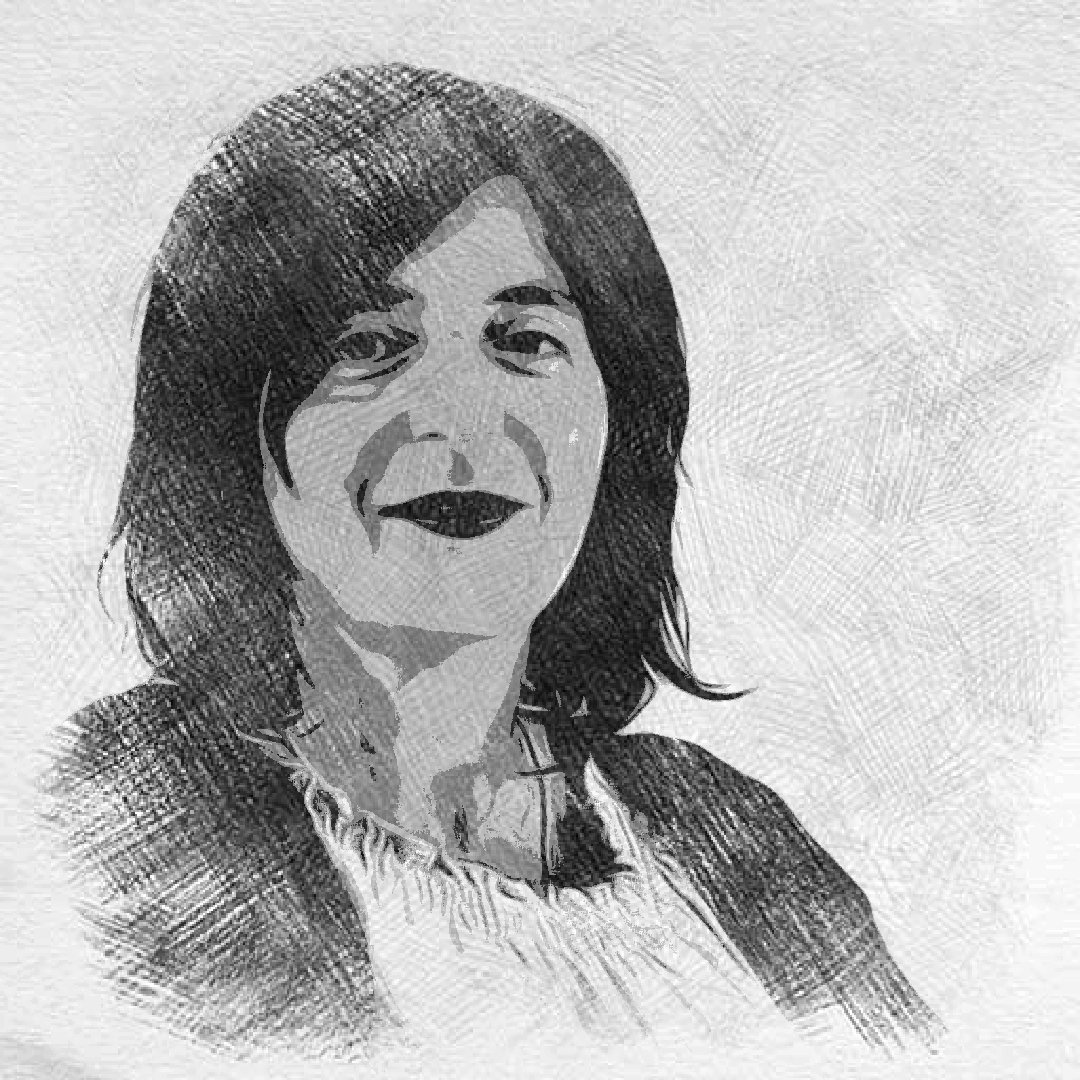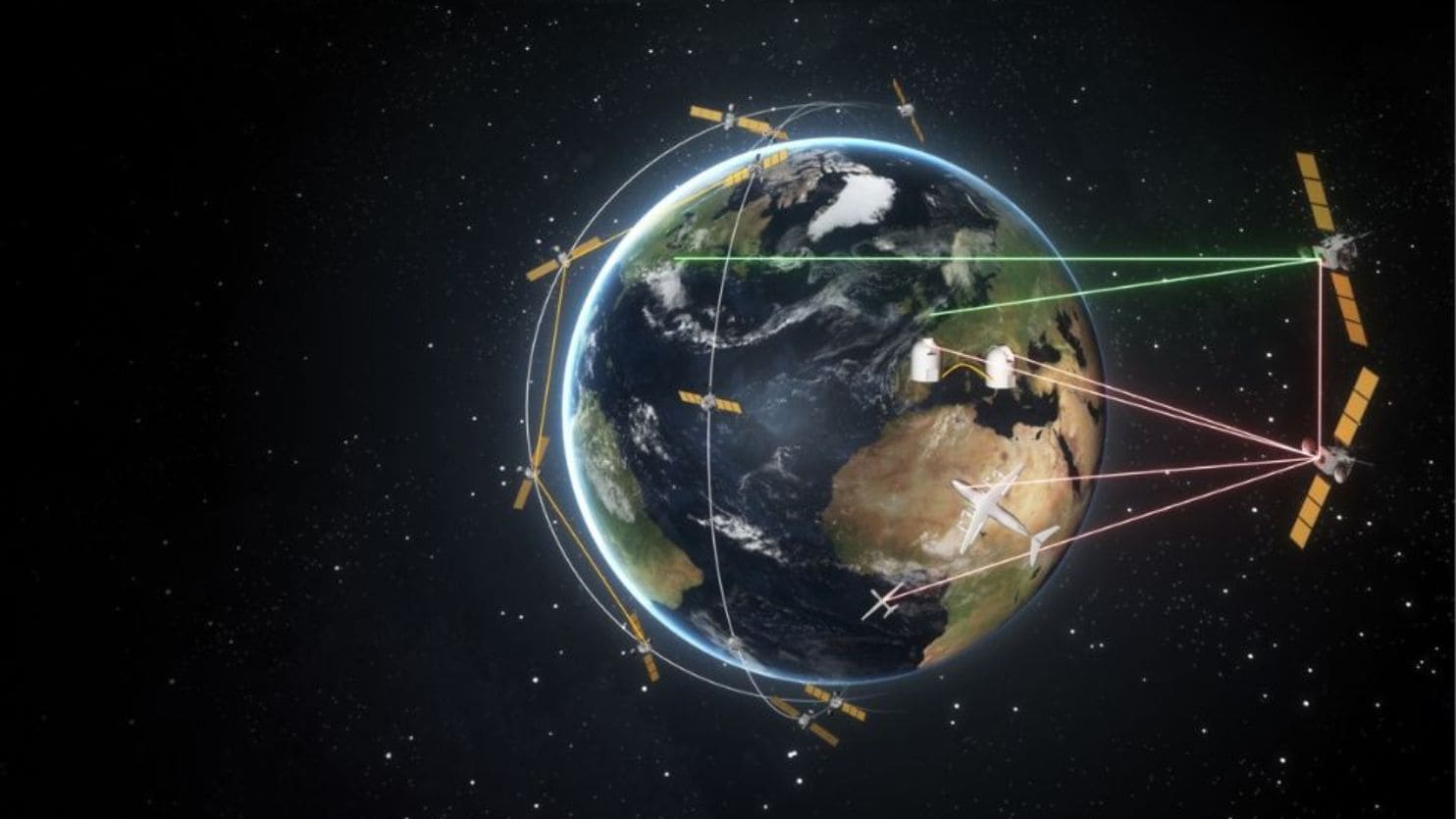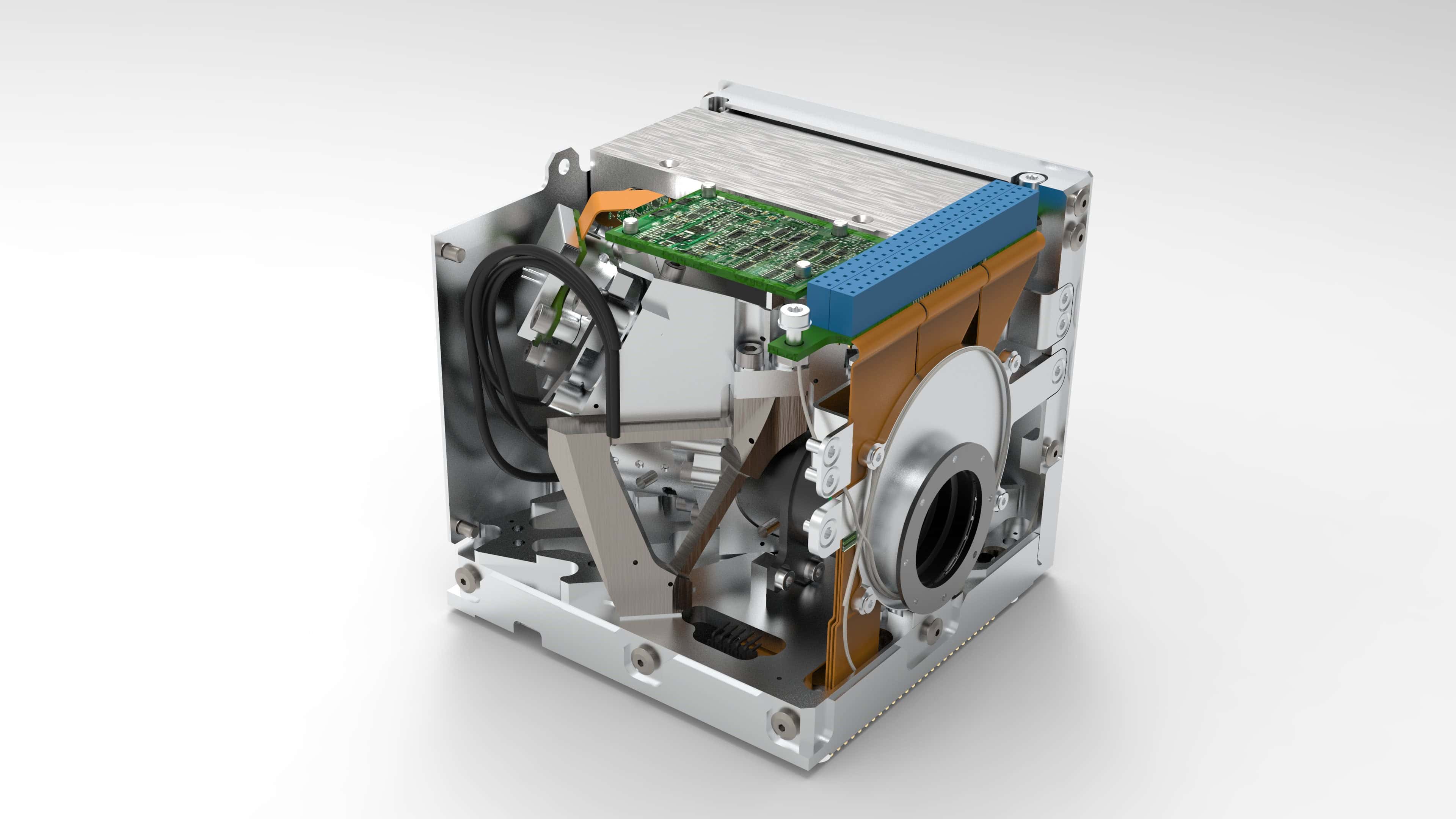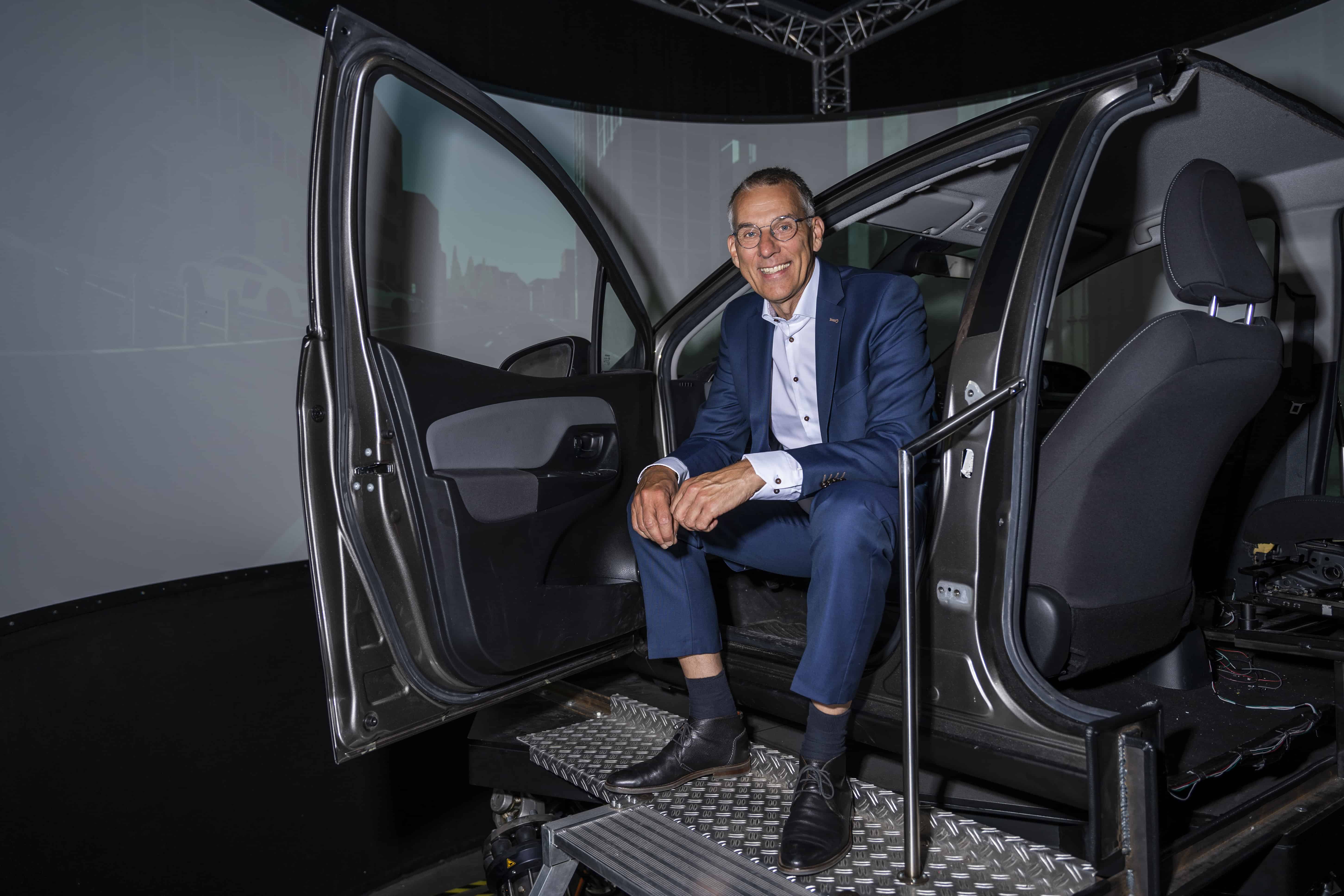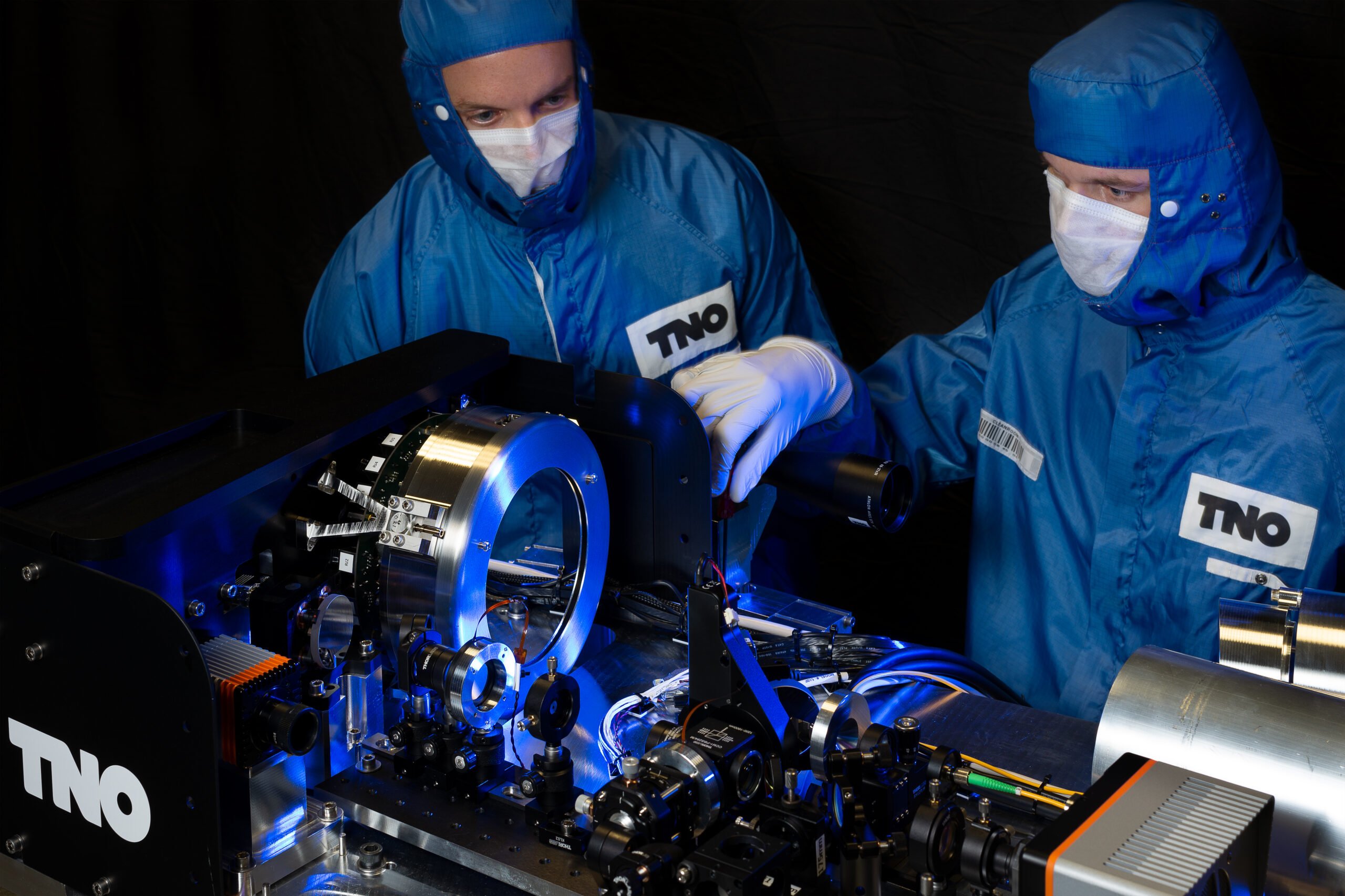
If the current corona era has taught us anything, it is how dependent we have become on the Internet. Access to the Internet has now become “a kind of human right,” so says Will Crowcombe, systems engineer and technical project coordinator within the Laser Communication Program at the Netherlands Organisation for Applied Scientific Research (TNO). “I myself have two children aged respectively 7 and 9 years old. If the Internet connection goes down at our house, it really is a tragedy.”
Advancements in technology, such as self-driving cars and smart home appliances like thermostats, refrigerators, lights and smoke detectors, have driven a huge increase in data traffic. All the Zooming, online education, Netflixing and computer games during lockdown periods have only compounded this. Getting all that data to another location quickly and in good time still poses quite a challenge, according to Crowcombe.
Radio Frequency Spectrum
Crowcombe: “The current spectrum of radio frequencies is so full that people are already fighting over the available space. Communication via radio frequencies can no longer cope with the explosive growth in data traffic. However, this is possible with the help of laser communication which transmits data via laser light. Hundreds or even thousands of satellites, which together form a communication network, are used for this purpose. This makes it possible to connect to any place on earth.”
Also interesting: Scientists claim to have found the ‘holy grail’ of optical data communication
The reach of a laser communications network is not limited to cities and densely populated areas, Crowcombe goes on to explain. “If you look at the map of the Netherlands to see where you have internet coverage, it’s still fairly disappointing. In the big cities and around roads it’s fine. However, if you go to sparsely populated areas, such as wooded areas, that is no longer the case. With laser communication, you can also provide an Internet connection in these remote areas, as well as on board ships and aircraft.”
“The available bandwidth for laser communication is 1000 times greater than for ‘normal’ radio frequency communication. This opens up much more room to send huge amounts of data.”
Security
Last but not least, according to Crowcombe, laser communication is a whole lot safer than radio frequency communication. “Laser communication uses narrow laser beams instead of wide radio signals. You can, as long as you align the laser beams properly, determine exactly where you want to send your information. This makes laser-satellite communication very suitable for purposes where data security is extremely important. Like when the Ministry of Defence sends confidential information.”
“Securing data is also crucial for banks and financial institutions, according to Crowcombe. “A hack on major financial transactions can have catastrophic consequences. Already, however, quantum computers are coming onto the market that are able to crack all existing codes. That makes these kinds of financial institutions extremely vulnerable. The same applies to other large companies and organizations, as has happened in a number of cases recently in the Netherlands. Not to mention on a personal level: consumers are also susceptible to phishing.”

“The good news is that the quantum properties of photons in laser beams can also be used to counter the potential threat of quantum computing. This is done with the help of so-called Quantum Keys. These are simply impossible to crack, even by quantum computers. That is also why large financial institutions are so interested in them. Unfortunately, for the time being, China is the only country that has made major strides in adopting this quantum key distribution technology. This is prompting all kinds of parties, such as the EU, to get a move on as well.”
Optimal accuracy
The research at TNO is at the cutting edge of precision instrumentation and optics, a field in which the Netherlands has considerable experience and has built up a network with companies such as Philips and ASML. Crowcombe: “We focus mainly on communication between satellites with ground stations and aircraft, and between satellites themselves. In addition to the development of precise mechanisms, optical components, mirrors and components for photonics, we are also working on developing technologies needed for future, more advanced terminals. Such as ‘TOmCAT‘ , which stands for ‘Terabit Optical Communication Adaptive Terminal’. The challenges that this entails can be compared to a laser pointer pen. You have to imagine for a moment that you have to keep a light beam motionless on an object that is thousands of kilometers away. What’s more, you also have to pass through the Earth’s atmosphere first. With Adaptive Optics, it becomes feasible to set up a stable connection despite these atmospheric turbulences.”
Scaling up
In the meantime, at TNO, following a research phase with some preliminary test setups and demonstrations, the time has come to broaden the scope. Crowcombe: “The idea is to have those terminals that we have been working on produced on a larger scale, and to make them smaller, cheaper and therefore more commercially viable. We want to do this with the help of public and private investors. By joining forces with the Dutch high tech and aerospace industry, we can gain a leading global position in the field of laser communication. Not only can this create thousands of high-value jobs for the Netherlands, it will ultimately benefit the consumer as well. After all, that’s what we’re all looking for in the end – to stay connected.”
For many more IO articles about TNO, click on this link.

